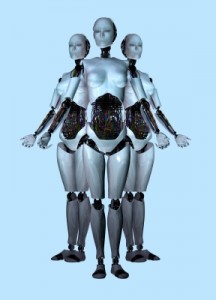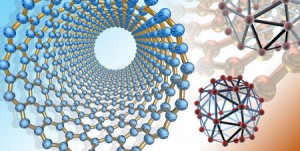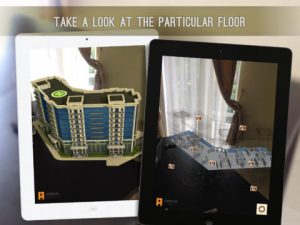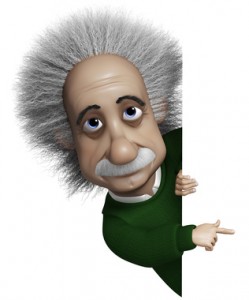The following article has been received by guest author Liz Nelson.
When a majority of us hear “Science Fiction,” we immediately associate it with “Star Trek.” The imaginations of writers and special effects incorporated in this genre have paved the way for a great deal of technology that we are now taking for granted. As you watch science fiction shows and movies of the past, you can see how we’ve adapted technologies and how some of the items we use today are reminiscent to those devices created by writers and developers.
1. Tablets – In 1987, “Star Trek: The Next Generation” introduced us to the use of Personal Access Display Devices, also referred to as PADDs. Essentially, these PADDs could be carried around and utilized for a variety of tasks. Sound familiar? It didn’t take long for PDAs to hit the scene in real-life and incorporate a variety of functions as well. In today’s market, our tablets have a great deal of functionality including sharing data with a localized computer system through wireless connections.
2. Cybernetics – Being able to replace a limb or other internal body part has always been on the minds of physicians. Whether these were a simple “peg leg” prosthetic or more advanced measures of using gravity and sling motion for simulating a walking motion in the legs, the desire for continued activity has always been present. Science fiction and special effects gives these developers a model to see how these prosthetic limbs would look and behave if we made them more for aesthetics while including functionality.
3. Tricorders – Technology advances through innovative means of accomplishing a task more efficiently and expediently. Although corporations have been combining technologies to create similar devices, the actual functions of the Star Trek spawned Tricorder may be a few years away. That doesn’t stop the X Prize Foundation from offering a cash “reward” for the first person to design this piece of technology. Essentially, the basics are already in front of us – we just need a method of development.
4. 3D Printers – Some people have the misconception that replicator technology creates objects and food from nothing. Even Einstein admitted that you cannot gain matter from absolute nothing. Replicators use basic components at a molecular level in order to create the intended object. As 3D printer technologies are being developed at a rapid rate, the usefulness of this technology is reaching far and wide. The 3D printer takes materials and can craft nearly any object complete with moving parts based on a 3D model developed from the computer system. There have been talks of using 3D printers to develop a lunar base on location. Essentially, the proposal consists of using surround materials to create an artificial environment safe for humans to reside in.
5. Warp Drive – The entire culmination of travel within the Star Trek universe is the ability to move from one point in space to another using Warp Drive. Recently, a NASA scientist, Dr. Harold White, believes that creating the “warp bubble” around a star-ship is completely feasible and could be on the horizon for our exploration outside of the immediate area of Earth.
Science fiction has created a canvas for those who develop technology. Although there doesn’t need to be a rhyme or reason to how a device works for entertainment, scientists and technology developers work to figure out how the device “could” work for daily use. Will this symbiotic relationship ever have an end, or will we see more grandiose technology from either side of the fence propelling the other to increase efforts?
This is a guest post by Liz Nelson from WhiteFence.com. She is a freelance writer and blogger from Houston. Questions and comments can be sent to: liznelson17 @ gmail.com.




